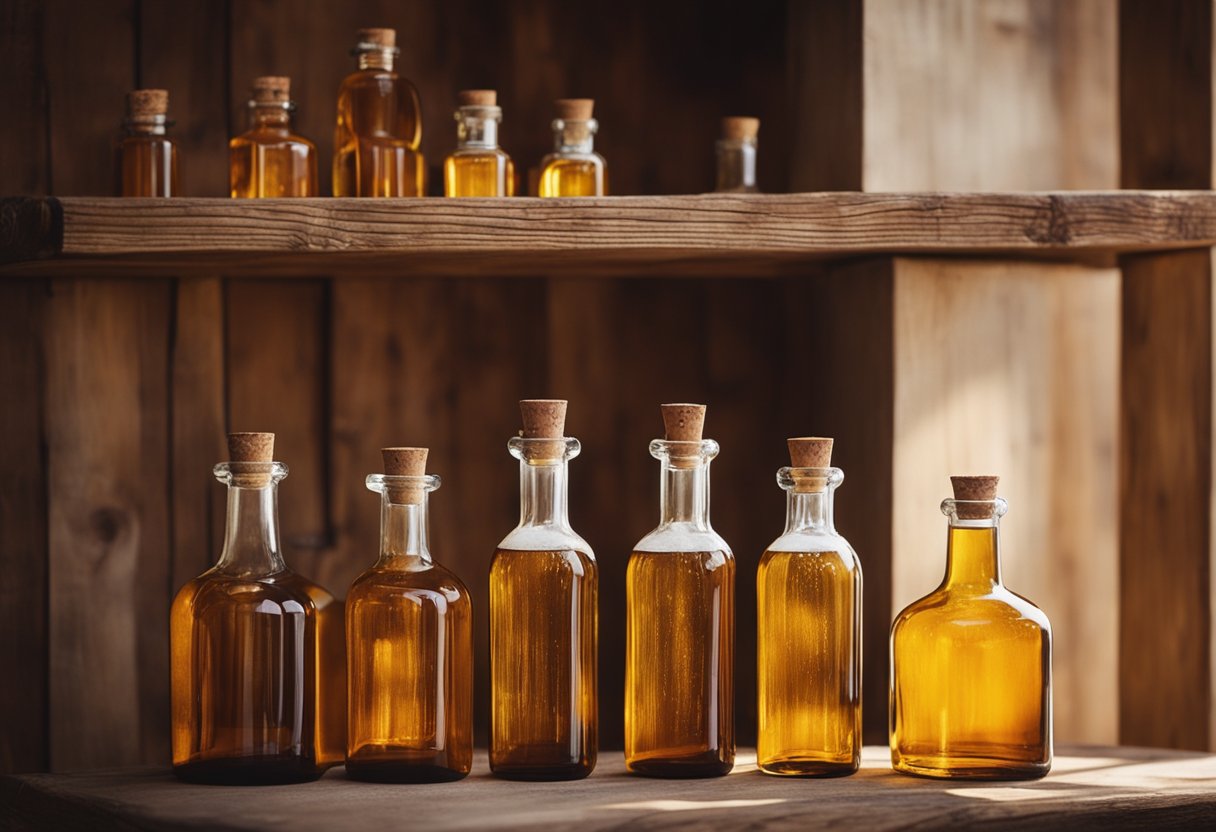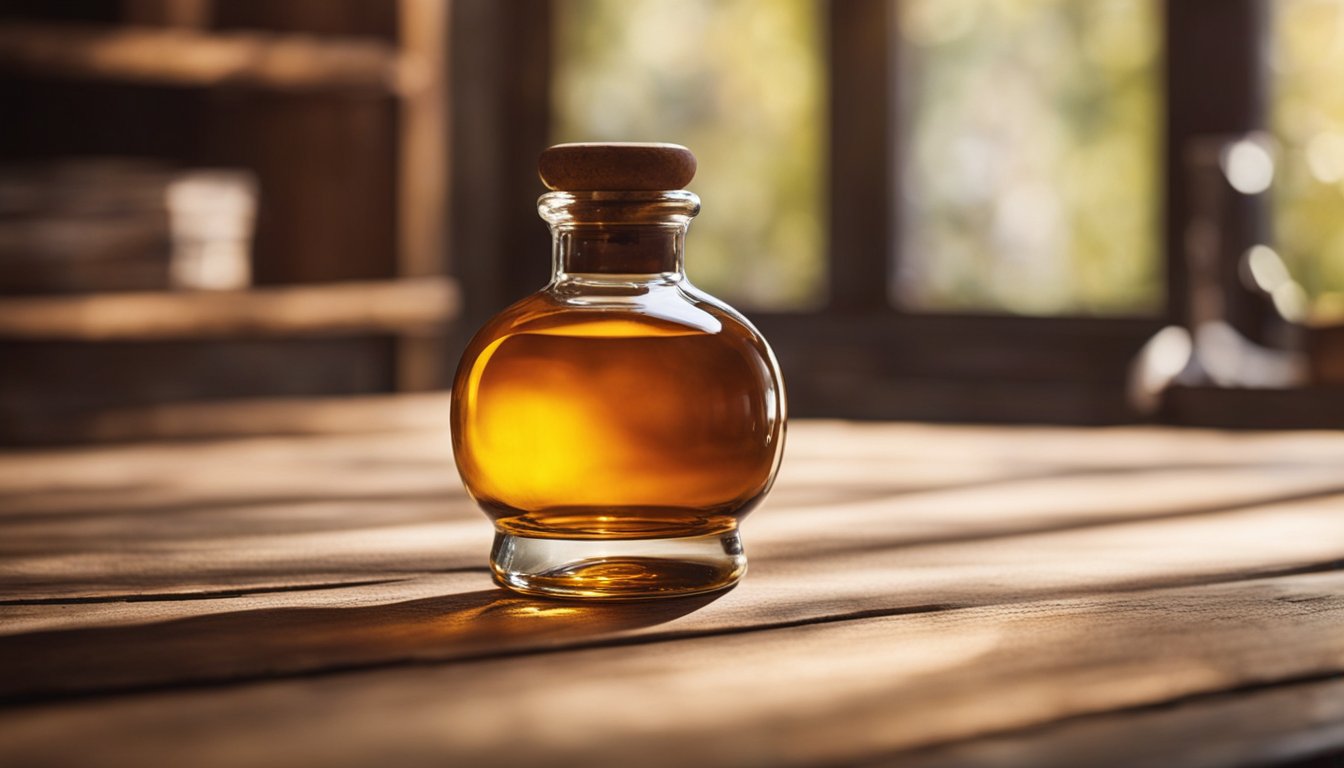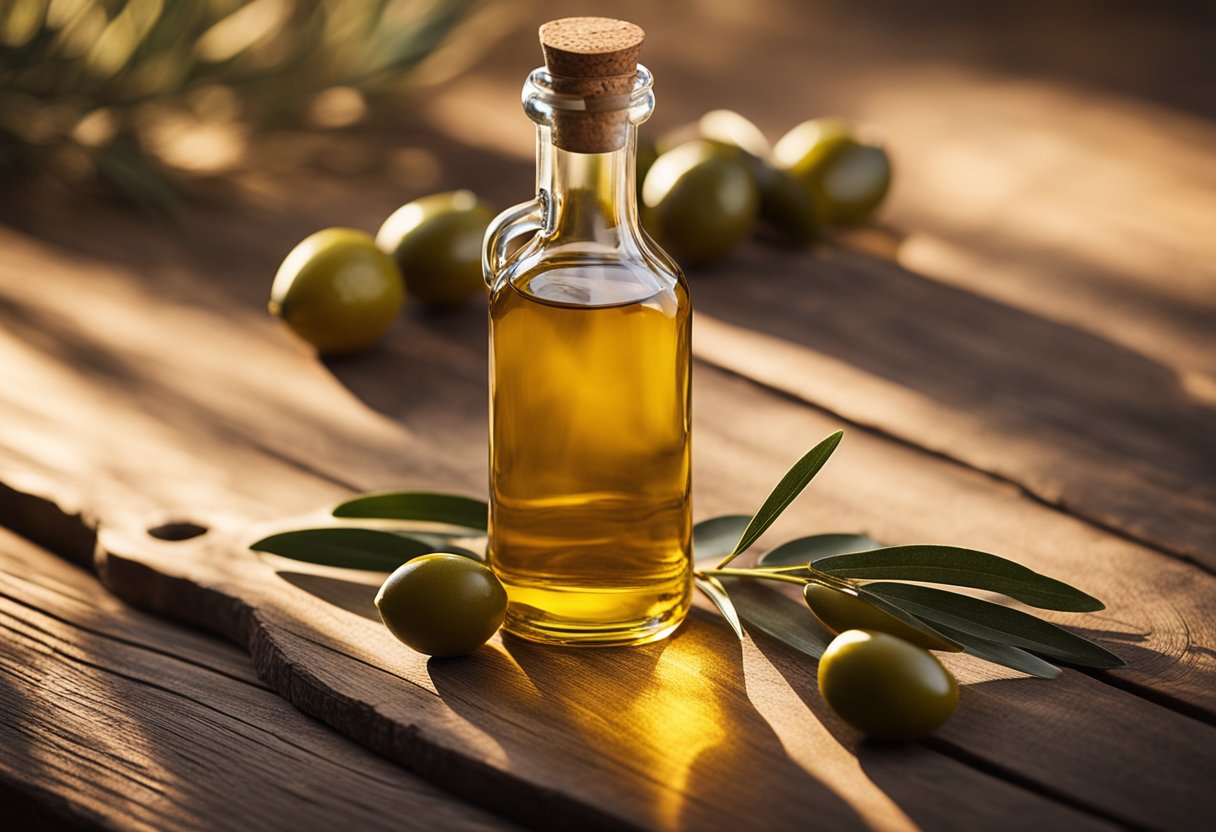If you’re a fan of craft beer, fine wine, and spirits, then you’ll want to check out Boston Bottle. Located in the historic North End of Boston, this shop offers an impressive selection of beverages that are sure to please any palate. Whether you’re looking for a crisp IPA, a full-bodied red wine, or a smooth whiskey, Boston Bottle has got you covered.

At Boston Bottle, you’ll find a welcoming atmosphere that encourages browsing and casual discussions about the various offerings. The staff is knowledgeable and passionate about the products they sell, and they’re always happy to help you find the perfect drink for any occasion. Plus, with free delivery available, it’s easy to get your favorite beverages delivered right to your doorstep.
With 19 reviews on Yelp and a solid 4.5-star rating, it’s clear that Boston Bottle is a beloved spot for locals and visitors alike. Customers rave about the friendly service, great selection, and reasonable prices. So if you’re in the mood for a drink, be sure to stop by Boston Bottle and see what all the fuss is about.
History of Boston Bottles

Boston bottles have been around for over a century and are still a popular choice for packaging liquids. The distinctive shape of the Boston round bottle features a cylindrical body, rounded shoulders, and a narrow neck, making it an ideal container for storing liquids. The design of the Boston round bottle dates back to the 19th century and originated in the glassblowing shops of New England.
Originally, Boston bottles were hand-blown and used primarily for storing medicines and chemicals. The bottles were made of glass, which was a popular choice for packaging at the time. Glass bottles were preferred because they were durable, non-reactive, and could be sterilized easily.
Over time, the use of Boston bottles expanded to include other liquids, such as essential oils, fragrances, and cosmetics. Today, Boston bottles are used for a wide range of products, including pharmaceuticals, food and beverages, and personal care items.
Boston bottles are typically made of glass or plastic. Glass bottles are still a popular choice for packaging liquids because they are non-reactive, durable, and can be recycled. Plastic bottles, on the other hand, are lightweight, shatterproof, and can be made in a variety of colors.
The history of Boston bottles dates back to the 19th century and has evolved over time to include a wide range of liquids. The distinctive shape of the Boston round bottle has made it an enduring classic in the world of packaging.
Design and Features

Material Composition
Boston bottles are commonly made of glass, but they are also available in plastic. Glass Boston bottles are usually made from amber, clear, or cobalt blue glass. The amber glass is used to filter out UV light, while the clear glass allows the contents to be visible. The cobalt blue glass is used for products that are sensitive to light. Plastic Boston bottles are made from PET, HDPE, or LDPE, which are durable and lightweight materials.
Standard Sizes
Boston bottles come in a range of standard sizes, including 1/2 oz, 1 oz, 2 oz, 4 oz, 8 oz, 16 oz, 32 oz, and 64 oz. The most common size for Boston bottles is 1 oz, which is often used for essential oils, tinctures, and other liquids. The larger sizes are often used for industrial and commercial applications.
Closure Types
Boston bottles can be sealed with a variety of closure types, including droppers, caps, sprayers, and pumps. Droppers are often used for essential oils and other liquids that need to be dispensed in small quantities. Caps are used for products that need to be sealed tightly, such as pharmaceuticals and chemicals. Sprayers and pumps are used for products that need to be sprayed or pumped, such as perfumes and cleaning products.
In summary, Boston bottles are a versatile and popular packaging option for a wide range of products. They are available in glass or plastic, come in a variety of standard sizes, and can be sealed with a range of closure types.
Manufacturing Process

If you’re curious about how Boston Round Bottles are made, you’ve come to the right place! The manufacturing process for glass bottles and jars is a fascinating one that has developed over thousands of years.
The first step in making glass bottles is gathering the raw materials. The primary ingredients are sand (silica), soda ash (sodium carbonate), and limestone (calcium carbonate). These materials are mixed together and heated to create molten glass.
Once the molten glass is formed, it is time to shape it into Boston Round Bottles. There are two techniques used to form these containers: press-and-blow molding and blow-and-blow molding. Both methods allow for intricate designs, resulting in a variety of unique shapes for different types of glassware.
In press-and-blow molding, a gob of molten glass is dropped into a mold and compressed with a plunger. The compressed glass is then blown into the mold to create the desired shape. In blow-and-blow molding, a gob of molten glass is dropped into a mold and a blowpipe is used to blow air into the glass to create the desired shape.
Once the bottle is formed, it is cooled and then undergoes a process called annealing. Annealing is the process of slowly cooling the glass to relieve any internal stresses that may have developed during the manufacturing process. This ensures that the glass is strong and durable.
Overall, the manufacturing process for Boston Round Bottles is a complex and intricate one that requires skill and precision. It is fascinating to think about the journey that a simple glass bottle takes from raw materials to the finished product.
Uses and Applications
Boston bottles are known for their versatility and durability, making them ideal for a wide range of applications in various industries. Below are some common uses of Boston bottles in different industries:
Pharmaceutical Industry
Boston bottles are commonly used in the pharmaceutical industry to store and dispense liquid medications, essential oils, and other medical products. The narrow neck of the bottle makes it easy to control the flow of the liquid, while the rounded shoulders and wide body provide stability and easy handling. Additionally, Boston bottles are available in both glass and plastic, making them suitable for a wide range of products.
Beverage Industry
The beverage industry also makes use of Boston bottles due to their durability and ability to preserve the quality of the product. Boston bottles are commonly used to store craft beer, fine wine, spirits, essential oils, and aromatherapy blends. The bottles are available in different sizes, ranging from 5ml to 500ml, making them suitable for different types of beverages.
Home and Personal Care
Boston bottles are also popular in the home and personal care industry due to their versatility and durability. They are commonly used to store and dispense cleaning solutions, shampoos, conditioners, lotions, and other personal care products. The bottles are available in different colors, including amber, clear, green, and blue, which can help protect the contents from light damage.
In summary, Boston bottles are a versatile and durable option for storing and dispensing a wide range of products in various industries, including pharmaceuticals, beverages, and home and personal care. With their narrow neck, rounded shoulders, and wide body, Boston bottles provide stability and easy handling, making them a popular choice among many industries.
Recycling and Sustainability
If you are a resident of Boston, you are likely familiar with the city’s commitment to recycling and sustainability. Boston provides curbside collection for recycling of metal, glass, plastic, and paper, with no need to sort your recyclables. You can put all items in one bin with the single stream service. However, it is essential to check what is accepted before putting recyclables in the blue bin.
The Boston University Sustainability program collects recyclables through a mixed-recycling system. Plastic jars, bottles, jugs, and tubs, paper and cardboard, glass bottles and jars, and metal food and beverage cans are all collected in the same bin. This program helps to reduce waste and promote sustainability on campus.
According to Boston’s Zero Waste Plan, the city can reduce trash and increase recycling and composting by about 638,000 tons per year, increasing Boston’s current recycling rate from approximately 25 percent to 80 percent by 2035. Boston’s discarded materials contribute approximately six percent of the city’s greenhouse gas emissions. By implementing the strategies outlined in the plan, Boston can significantly reduce its carbon footprint and promote a more sustainable future.
Recycling and sustainability are essential components of Boston’s commitment to reducing waste and promoting a cleaner, healthier environment. By taking simple steps to reduce waste, such as recycling and composting, we can all contribute to a more sustainable future for our city and our planet.











